Content
- What Is The Difference Between Depreciation Expense And Accumulated Depreciation?
- Management Audit
- To Keep Capital Intact
- Why Should Depreciation Be Calculated?
- Methods Of Calculating Depreciation
- Comparative Study On The Causes Of Depreciation Of Process Plants In Lagos And Ogun States Industrial Axes Of Nigieria
- Diminishing Balance Method
- Value Of Assets
Depreciation is a gradual decrease in the value of asset and not one off or sudden fall. That is the main difference between depreciation and impairment. Certain assets whether used or not become potentially less useful with the passage of time. It is an admissible expense while computing income from business.
- Like coal mine, well of oils, etc., are amortized and used per the extraction of natural resources done from them during the period.
- Suppose that a company purchases a weighing machine for $1,000.
- The table also incorporates specified lives for certain commonly used assets (e.g., office furniture, computers, automobiles) which override the business use lives.
- It is compulsory under the Companies Act to provide for depreciation for dividend payment.
- The IRS currently uses the Modified Accelerated Cost Recovery System is the depreciation system that allows depreciation to be calculated by either the straight-line method or the declining balance method.
It is wiser to replace an asset than to incur additional expenditure on its maintenance and repair. By way of provision for depreciation the initial cost of the equipment is spread equitably over its period of usefulness. Amount of depreciation gets accumulated during the asset’s https://accountingcoaching.online/ working life. It provides necessary funds so that replacement can be effected without financial strain. Most of the assets are worn off or deteriorate due to the continuous usage of the asset. Such as Plant & Machinery used to produce goods, buildings, vehicles, etc.
What Is The Difference Between Depreciation Expense And Accumulated Depreciation?
As per the applicability of accounting standards to the entity, the entity needs to follow the provisions mentioned in the bars. It is done as per the matching concept that needs to be followed in the entity’s accounting. As per the matching concept, the depreciation is to be charged for the respective as the income through the asset has also been booked for the period mentioned above in the books of accounts. The value of fixed assets, net of depreciation shows the true financial position of the enterprise. Depreciation is a measure which calculates loss in the value of the non-current asset. It is an accounting convention which allocates the cost of depreciable assets over its useful economic life, to ensure that a fair proportion of depreciable amount is written off every year. Wear and tear due to use or passage of time means deterioration, and the consequent diminution in an assets value, arising from its use in business operations for earning revenue.
- This allows a company to write off an asset’s value over a period of time, notably its useful life.
- It is a common knowledge that most fixed assets suffer from wear and tear in use which ultimately renders an asset unusable in course of time.
- Obsolescence is another factor leading to depreciation of fixed assets.
- However, the continuous usage of the resources may lead to depletion, which is a situation where a resource is being consumed faster than it is replaced.
If depreciation is not charged, which leads to over estimating of profit & consequently more profit is distributed as dividend, out of capital instead of the profit. This leads to the flight of scarce capital out of the business.
Management Audit
Many systems allow an additional deduction for a portion of the cost of depreciable assets acquired in the current tax year. The UK system provides a first year capital allowance of £50,000. A deduction for the full cost of depreciable tangible personal property is allowed up to $500,000 through 2013. This deduction is fully phased out for businesses acquiring over $2,000,000 of such property during the year.
The term depreciation refers to an accounting method used to allocate the cost of a tangible or physical asset over its useful life. Depreciation represents how much of an asset’s value has been used. It allows companies to earn revenue from the assets The causes of depreciation they own by paying for them over a certain period of time. Some systems specify lives based on classes of property defined by the tax authority. Canada Revenue Agency specifies numerous classes based on the type of property and how it is used.
To Keep Capital Intact
The process helps companies accurately state incurred expense from using the asset and compare that to the revenue that asset brings in. Lack of depreciation can lead to over or under stating total asset expenses, which can lead to misleading financial information. An accounting loss results from expensing a revenue-generating asset instead of capitalizing it and thus, not creating any future value for the company. In this event, the book value of the asset becomes smaller each year. The accumulated Depreciation account will show a debit balance as a result. The expenditure incurred on the purchase of a fixed asset is known as a capital expense. Capital expenditure is a fixed asset that is charged off as depreciation over a period of years.
Buildings and structures can be depreciated, but land is not eligible for depreciation. The carrying value of an asset after all depreciation has been taken is referred to as its salvage value. Accumulated depreciation refers to the sum of all depreciation recorded on an asset to a specific date. To convert this from annual to monthly depreciation, divide this result by 12. Depreciation can be calculated on a monthly basis in two different ways. Research & Development leads to innovations, in the form of better and technically advanced machines that scrap old machines even though they may be capable of being run physically.
Why Should Depreciation Be Calculated?
Q5 Name and explain different types of reserves in detail…. Depreciation is considered to be an expense for accounting purposes, as it results in a cost of doing business. As assets like machines are used, they experience wear and tear and decline in value over their useful lives. Depreciation is recorded as an expense on the income statement. The company can also scrap the equipment for $10,000 at the end of its useful life, which means it has a salvage value of $10,000. Using these variables, the accountant calculates depreciation expense as the difference between the asset’s cost and its salvage value, divided by its useful life. This results in a total of $4,000 of depreciation expenses per year.
Assets stated at their written down value will give a correct picture. For true and fair view of accounts, assets are restated at the balance sheet date. The objects and necessity of providing for depreciation are briefly described. Obsolescence implies the chance of an asset becoming out of fashion. This is a loss arising on account of new invention, technological changes, improvement in production methods, legal restraints etc. These factors make it economical to replace the assets though they are still usable.
Methods Of Calculating Depreciation
Actual cost or historical cost means the acquisition cost of the asset and includes all incidental expenses which are necessary to bring the asset to its present condition and location. Examples of such expenses are installation charges, freight inwards or expenses incurred for improvements of such assets and which are of capital nature. In that case there may be a permanent decrease in the market prices of certain assets like Computers, Motor Cars etc.
As a revenue expense its inclusion gives true cost of production. The plant & machinery used in the manufacturing of products in a manufacturing company needs regular maintenance for full-time productivity to be received from the usage of such machinery. Even after a certain period, some essential parts of the machinery will be replaced with brand new parts. For such, the depreciation needs to be charged so that the parts that are to be replaced in the future are appropriately accounted for and written off during its life. Wasting AssetsWasting assets refer to fixed assets or financial instruments that have a short life or lose their value over time. Fixed assets like equipment, furniture or vehicle and the financial market instruments such as options belong to this category.
Comparative Study On The Causes Of Depreciation Of Process Plants In Lagos And Ogun States Industrial Axes Of Nigieria
Obsolescence i.e., machinery rendered out of date by later invention. Are you daunted by the idea of including depreciation values in your asset tracking? With Asset Panda’s easy to use platform, you can personalize it to fit your needs. You finally feel like you’ve got the hang of tracking your assets. All of your employees are on the same page and know how to update your database, your software is configured to fit your needs, and things are running smoothly. For example, over the years there have been great progress in the development of synthesizers and electronic devices used by leading commercial musicians.
An asset deteriorates simply with the passage of time, even if they are not being put to any use. A business man is entitled for depreciation on assets if he employs machinery or plant, if the same is not employed, he will not be entitled to provide depreciation. As per the requirements of sec-205 and 350 of the companies Act and part II of schedule VI of the Indian Companies Act, depreciation on fixed assets needs to be provided in the account. Amortization results from a systematic reduction in value of certain assets that have limited useful lives, such as intangible assets.
A well maintained asset yields good results over its stipulated life. If it is poorly maintained, it will become useless after a short period. So, repairs and renewals are an important consideration while determining the amount of depreciation.
Straight-line depreciation is a method used to calculate the decline in value of fixed assets, such as vehicles or office equipment. To recap, depreciation can be defined as the reduction in the value of company fixed assets over a particular period. It’s the process of allocating the cost of a fixed asset to the accounting periods in which it’ll be used. Economic depreciation is the decline in the economic value of an asset over time. It also may refer to consumption of fixed capital for the purpose of estimating national accounts.
For economic depreciation, see Depreciation and Fixed capital § Economic depreciation. For the decrease in value of a currency, see Currency depreciation.
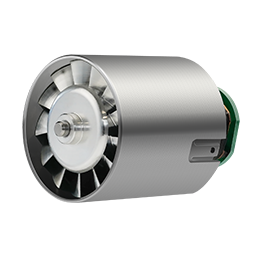
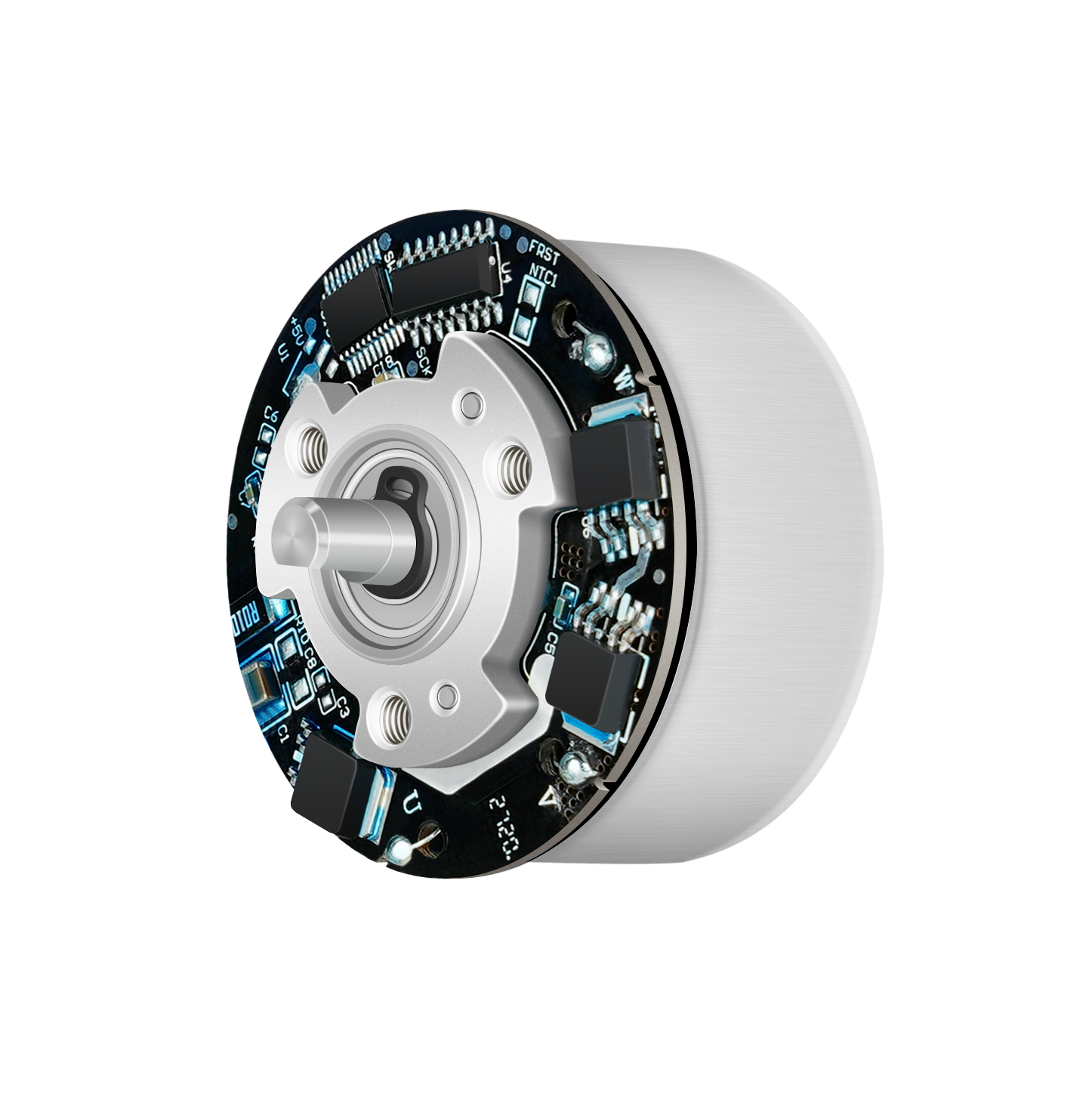
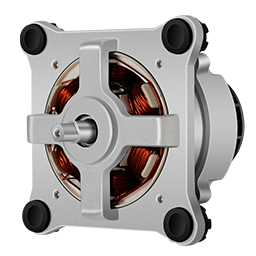
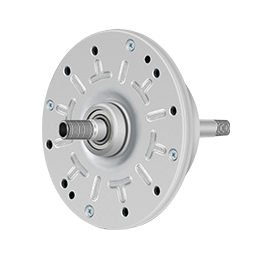
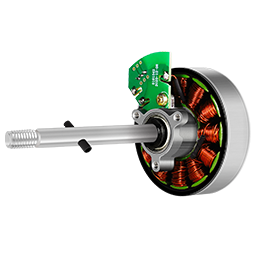
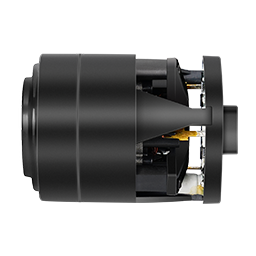
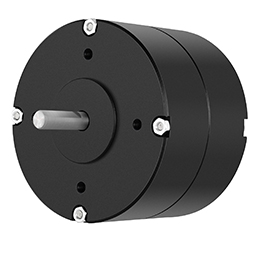

发表回复